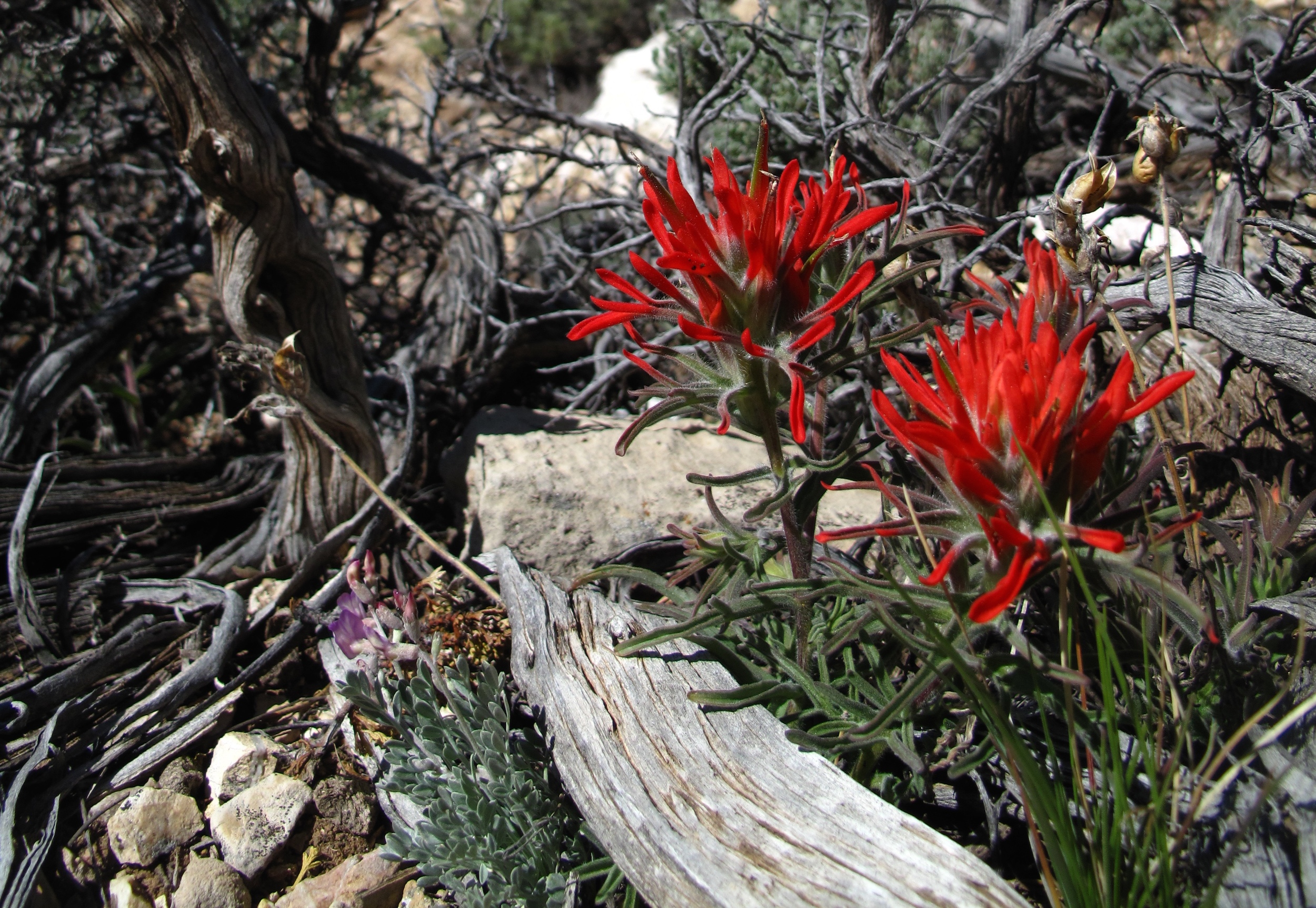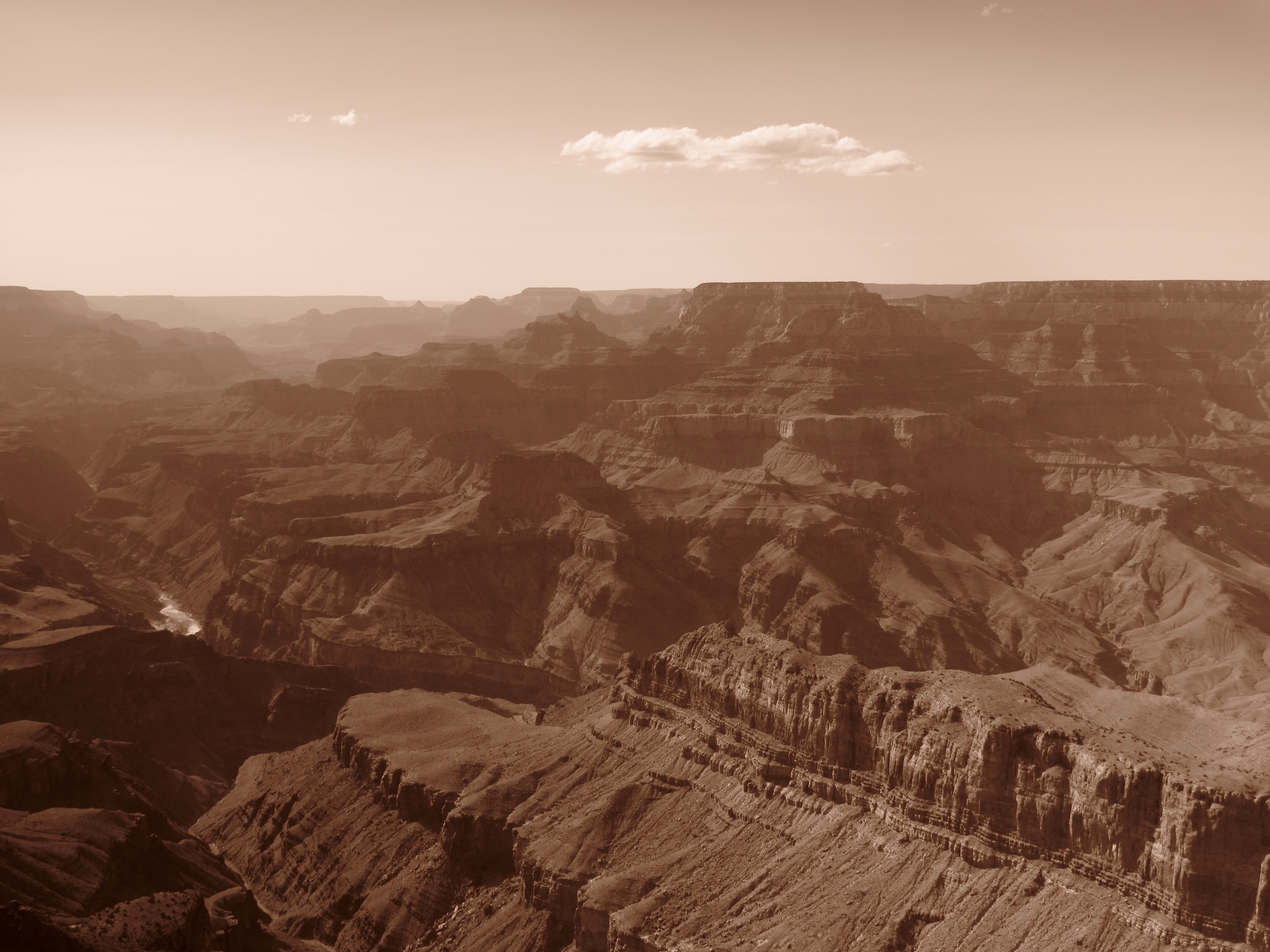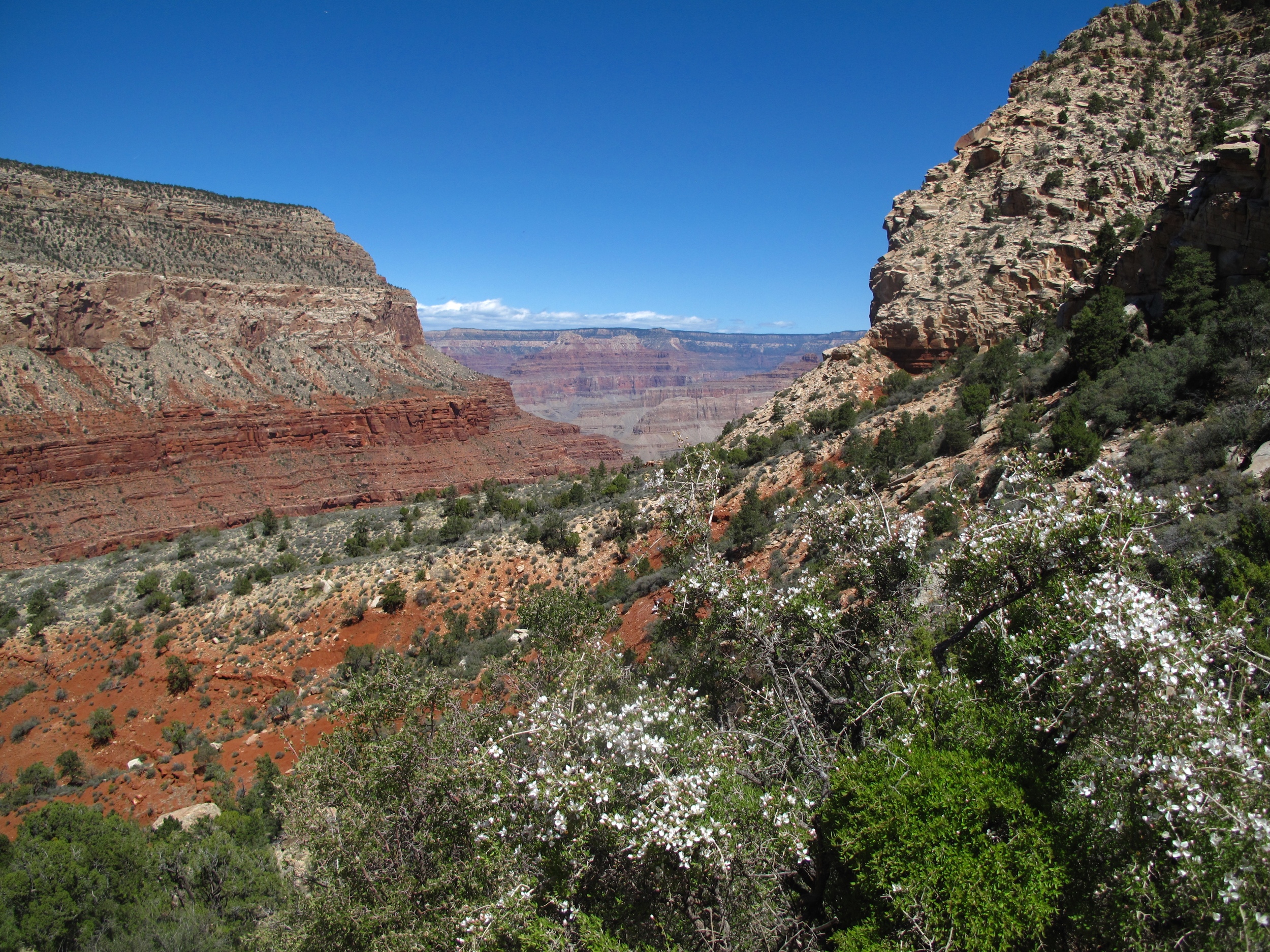“ In the Southwest, canyons are assertive landscapes. Aridity sharpens their bones. Rivers may run through them—open arteries in a carapace of rock; others flow only with blow-sand and chokestones. Canyons come blind, box, side, slot, hidden. They stair down and pour off. They gooseneck. They hang. Muley Twist, Desolation, Snap, Lavender, Blue Canyon, Rain Canyon— canyons are where you want to live merely on behalf of their names. The Hopi word pösövi means “canyon corners,” as if one quirky, prismatic facet at a time were all you could manage in this seemingly irrational geography of space and rock.”
GRANDER THAN WE
A pillar of stone drifts on the edge of the canyon about a meter from the edge. It tempts any stray adventurers, who contemplate jumping over that void to become a lonesome star inhabiting an island on top of the world.
Oliver jumped across the gap, and my heart caught in my throat a little. But I stayed put, legs swinging over the edge of my solitary perch, wind whipped hair caught in my mouth, eyes and tangled into a frenzy. It was windier than I had imagined it would be. The canyon exceeded my expectations in other ways too; the size of the canyon being almost incomprehensible.
At one point, the cliffs of the opposite rim looked so close, reachable, maybe, if one was to leap off the edge and take flight.
Then I was astounded to learn that these cliffs were over 50 km away. It was like the distortion one sees in a car mirror but this time it would read:
OBJECTS IN CANYON ARE FURTHER THAN THEY APPEAR
The landscape was teaching me perspective.
Me: a tiny being sitting on a precipice and swinging my feet above a mile of thin air.
The canyon: endless space, rock points, facets, small patches of red desert Indian paintbrush growing in a crevasse, wind, warmth, loss of heat at the end of the day, heat gained while walking down into the Earth, rivers, animals, first peoples, a billion insects, the changing seasons, an ongoing process of millions of years of erosion.
SHIFTS IN PERSPECTIVE
The canyon is undeniably beautiful. Words fail even the best of us when it comes to describing the canyon. But look past the initial shock, and the aesthetic value of the scene. What can we learn from the canyon? How might we learn these lessons?
The canyon teaches resident artists the value of colour, the way it changes from day to day, season to season. It teaches the ecologists the value of life, of land, of resources to support its growth - pockets of plants existing uniquely, atmospheres changing rapidly from one altitude to the next. Miniscule moments, morning noon and night, the days, the years, the bees, the flowers, those rocks we now see on the eroded walls, these are all studies on the human level.
Then there are those things we are unable to know. No person will live long enough to study the lifespan of the canyon, nor learn firsthand the bigger lessons it has to teach: of creation, erosion, formation, shape, gradual compaction, of the ancient world and seas, and of a distant future that exists within its very walls the way it does not exist within me.
What I learnt was humility. The canyon exists even if I do not. Life goes on, buzzing in each corner, in each moment, for longer than I can even imagine. It tells me there is something grander, something of which we are only a infinitesimal part. And that was truly humbling.













